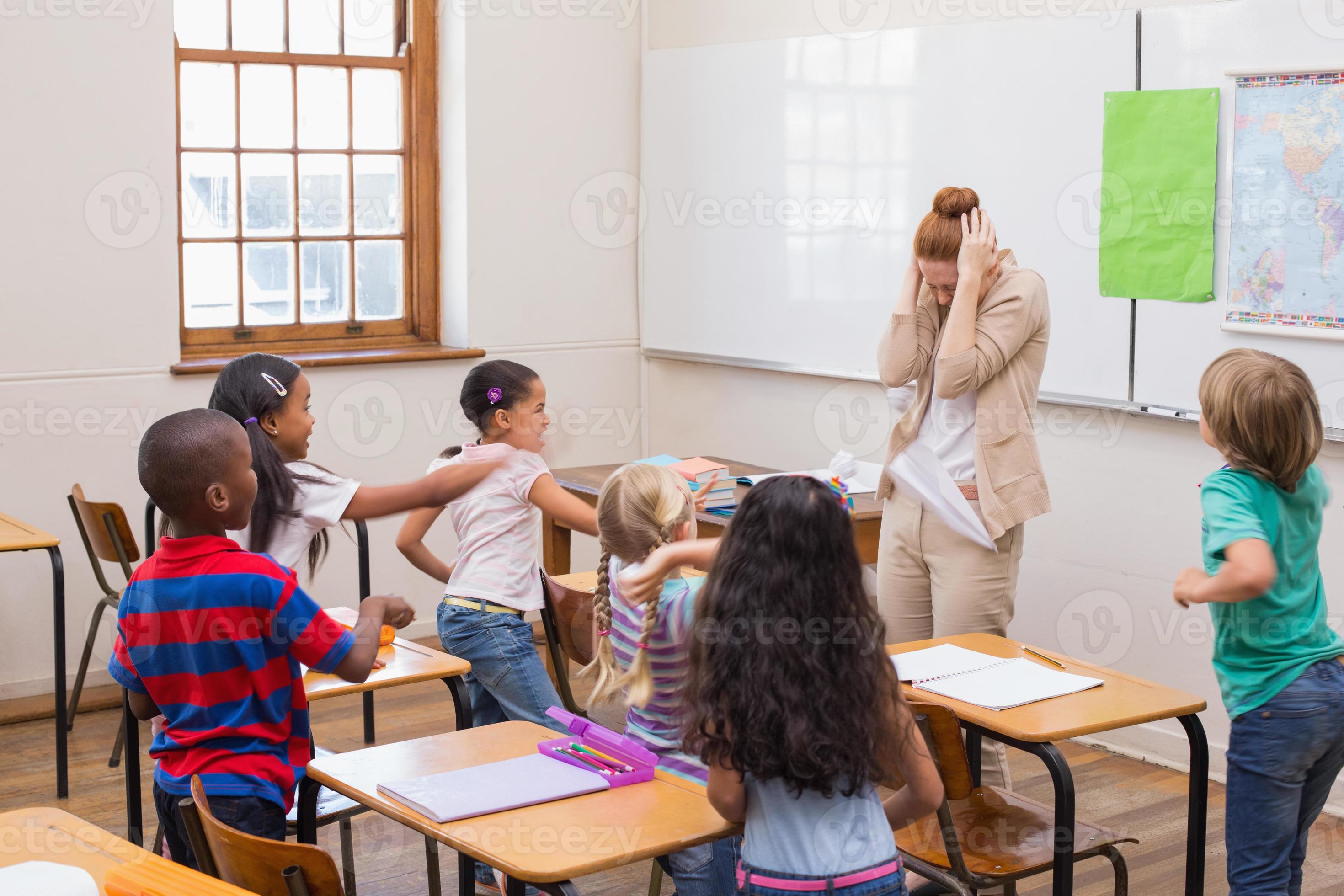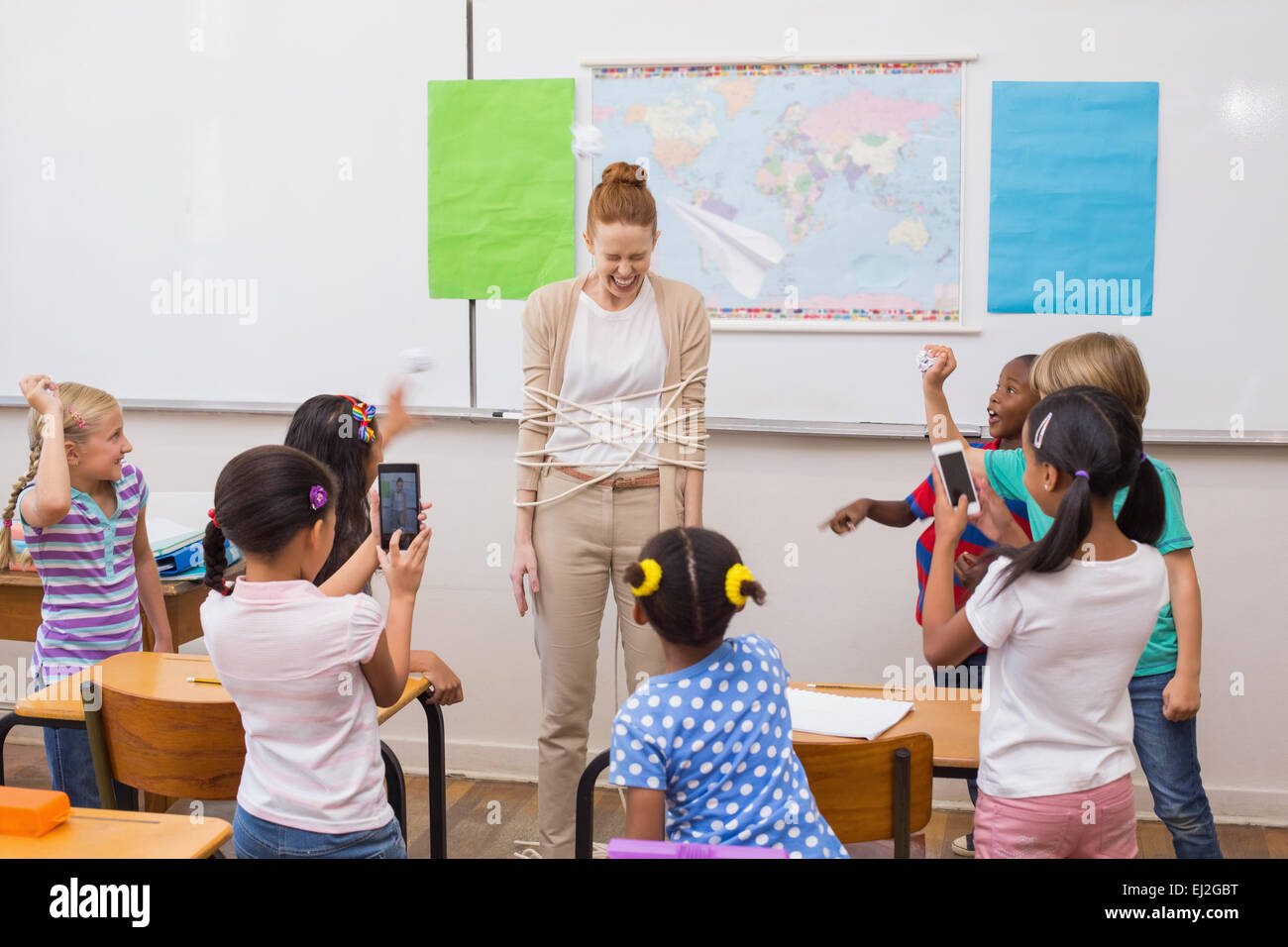Hope Getting Naughty In Class: Understanding The Challenges And Finding Solutions
Let’s be real, folks. We’ve all been there—sitting in a classroom, daydreaming about what’s for lunch or how to stop that one kid who just won’t stop talking when they’re supposed to be listening. But what happens when “hope getting naughty in class” becomes more than just a fleeting moment? When it starts affecting learning outcomes and classroom dynamics? Well, buckle up, because we’re diving deep into this topic.
You see, being naughty in class isn’t just about the occasional paper airplane or passing notes. It’s a behavior that can stem from a variety of factors, and understanding these factors is key to addressing the issue. Whether you’re a teacher, parent, or even a student yourself, this is something worth exploring.
This article will take you on a journey through the world of classroom behavior, offering insights, tips, and strategies to help manage and even prevent disruptive behavior. So, grab your favorite drink, sit back, and let’s figure out how to turn those "naughty moments" into opportunities for growth.
- Izabel Kovai Fashion Family Updates Izakova Brand Success
- Grayson Murrays Death Family Confirms Suicide Details Reaction
Table of Contents
- What is Naughty Behavior in Class?
- Understanding the Causes
- A Brief Biography of Hope
- The Effects of Naughty Behavior
- Strategies to Manage Naughty Behavior
- Teacher Tips for Tackling Naughty Behavior
- The Parent’s Role in Managing Naughty Behavior
- From the Student’s Perspective
- Long-Term Solutions
- Wrapping It Up
What is Naughty Behavior in Class?
Alright, let’s break it down. Naughty behavior in class isn’t just about breaking rules—it’s about actions that disrupt the learning environment. Think talking out of turn, refusing to follow instructions, or even physical outbursts. These behaviors can range from mild to severe, and they all have one thing in common: they affect not just the individual but the entire classroom.
But here’s the kicker—naughty behavior doesn’t always mean bad intentions. Sometimes, it’s a cry for help, a sign of boredom, or even a way to cope with stress. Understanding the "why" behind the behavior is crucial to finding effective solutions.
Common Examples of Naughty Behavior
- Talking during lessons
- Disturbing classmates
- Refusing to complete assignments
- Physical altercations
Understanding the Causes
So, why do kids act up in class? There’s no one-size-fits-all answer, but there are some common factors that contribute to naughty behavior. For starters, environmental factors play a huge role. A chaotic home life, lack of sleep, or even hunger can all lead to disruptive behavior in the classroom.
- The Junko Furuta Case A Story Of Torture And Injustice
- Jim Acostas Parents Facts Family Details You Should Know
Then there’s the emotional aspect. Kids who feel anxious, stressed, or overwhelmed might act out as a way to express their emotions. And let’s not forget about developmental stages. Younger kids might struggle with impulse control, while older students could be dealing with peer pressure or identity issues.
Key Factors to Consider
- Environmental influences
- Emotional well-being
- Developmental stages
A Brief Biography of Hope
Now, let’s talk about Hope. Who is she? What makes her tick? Understanding the individual behind the behavior is just as important as understanding the behavior itself.
Hope's Background
| Full Name | Hope Johnson |
|---|---|
| Age | 12 years old |
| Grade | 6th Grade |
| School | Greenfield Elementary |
| Family | Parents and younger brother |
Hope is a bright kid with a lot of potential, but she’s been struggling lately. Her teachers have noticed an increase in disruptive behavior, and her grades have started to slip. So, what’s going on with Hope?
The Effects of Naughty Behavior
When a student like Hope starts acting out, the effects can ripple through the entire classroom. For starters, it disrupts the learning process for other students. Imagine trying to focus on a math problem while someone’s throwing erasers across the room—it’s not easy.
But it’s not just about the other students. Naughty behavior can also have a negative impact on the student themselves. They might miss out on important lessons, fall behind in their studies, or even develop a negative reputation among their peers and teachers.
Impact on the Classroom
- Distraction for other students
- Loss of instructional time
- Potential conflict with peers
Strategies to Manage Naughty Behavior
Luckily, there are plenty of strategies teachers can use to manage naughty behavior. One of the most effective is positive reinforcement. Instead of focusing on the bad behavior, reward the good stuff. Give Hope a sticker when she completes her homework or let her be the line leader for the day. Positive reinforcement can work wonders.
Another strategy is setting clear expectations. Make sure students know exactly what’s expected of them in the classroom. Post the rules where everyone can see them, and review them regularly. Consistency is key here—if the rules change every day, it’s hard for kids to keep up.
Effective Strategies
- Positive reinforcement
- Clear expectations
- Consistent consequences
Teacher Tips for Tackling Naughty Behavior
Teachers, you’re on the front lines here. You see the behavior firsthand, and you’re the ones who have to deal with it. But don’t worry—we’ve got your back. Here are a few tips to help you tackle naughty behavior in your classroom.
First, build relationships with your students. Get to know them as individuals, not just as names on a roster. This can help you understand their motivations and find ways to engage them in the learning process. Second, use your body language. Sometimes, a simple glance or gesture can be enough to redirect a student without interrupting the lesson.
Teacher’s Toolkit
- Build relationships
- Use body language
- Stay calm and collected
The Parent’s Role in Managing Naughty Behavior
Parents, you’re just as important in this equation. You play a crucial role in shaping your child’s behavior, both at home and at school. Start by setting a good example. Show Hope that respect, kindness, and responsibility are important values.
Communicate with her teachers regularly. Ask about her progress, both academically and behaviorally. And don’t forget to celebrate her successes, no matter how small they may seem. A little encouragement can go a long way.
Parental Involvement
- Set a good example
- Communicate with teachers
- Celebrate successes
From the Student’s Perspective
Let’s not forget about Hope herself. What does she think about all this? Well, she might feel frustrated, misunderstood, or even bored. Maybe she’s struggling with the material or doesn’t see the point of the lessons. Whatever the reason, it’s important to listen to her perspective and address her concerns.
Encourage open communication. Let her know that it’s okay to ask for help or express her feelings. And remember, every student is different. What works for one kid might not work for another. Be patient, and keep trying until you find a solution that works for Hope.
Long-Term Solutions
Finally, let’s talk about long-term solutions. Managing naughty behavior isn’t a quick fix—it’s an ongoing process. One of the best things you can do is focus on building a positive classroom culture. Create an environment where students feel safe, respected, and valued. Encourage collaboration and teamwork, and celebrate diversity.
Invest in professional development for teachers. Provide them with the tools and resources they need to address behavioral issues effectively. And involve parents and the community in the process. When everyone works together, the results can be truly amazing.
Building a Positive Culture
- Create a safe environment
- Encourage collaboration
- Celebrate diversity
Wrapping It Up
So, there you have it—a deep dive into the world of "hope getting naughty in class." We’ve explored the causes, effects, and solutions to disruptive behavior, and hopefully, you’ve gained some valuable insights along the way.
Remember, managing naughty behavior isn’t about punishment—it’s about understanding and supporting the individual. Whether you’re a teacher, parent, or student, you have the power to make a difference. So, take what you’ve learned here and put it into action.
And don’t forget to share your thoughts in the comments below. What strategies have worked for you? What challenges have you faced? Let’s keep the conversation going and help each other create positive change in our classrooms.



Detail Author:
- Name : Prof. Elta Wintheiser III
- Username : marks.jaqueline
- Email : kaylie.jenkins@sawayn.com
- Birthdate : 1978-05-04
- Address : 94532 Koelpin Estates Willaberg, MD 24724-9555
- Phone : 479.439.8756
- Company : Predovic-Cruickshank
- Job : Petroleum Technician
- Bio : Deserunt ea commodi numquam vero quibusdam possimus veritatis itaque. Dolorem sapiente id aut vitae et beatae quod.
Socials
linkedin:
- url : https://linkedin.com/in/norma_koelpin
- username : norma_koelpin
- bio : Voluptatem vero ab et sed.
- followers : 2433
- following : 854
tiktok:
- url : https://tiktok.com/@norma_koelpin
- username : norma_koelpin
- bio : Ipsam illo nisi consequuntur et.
- followers : 6823
- following : 598
